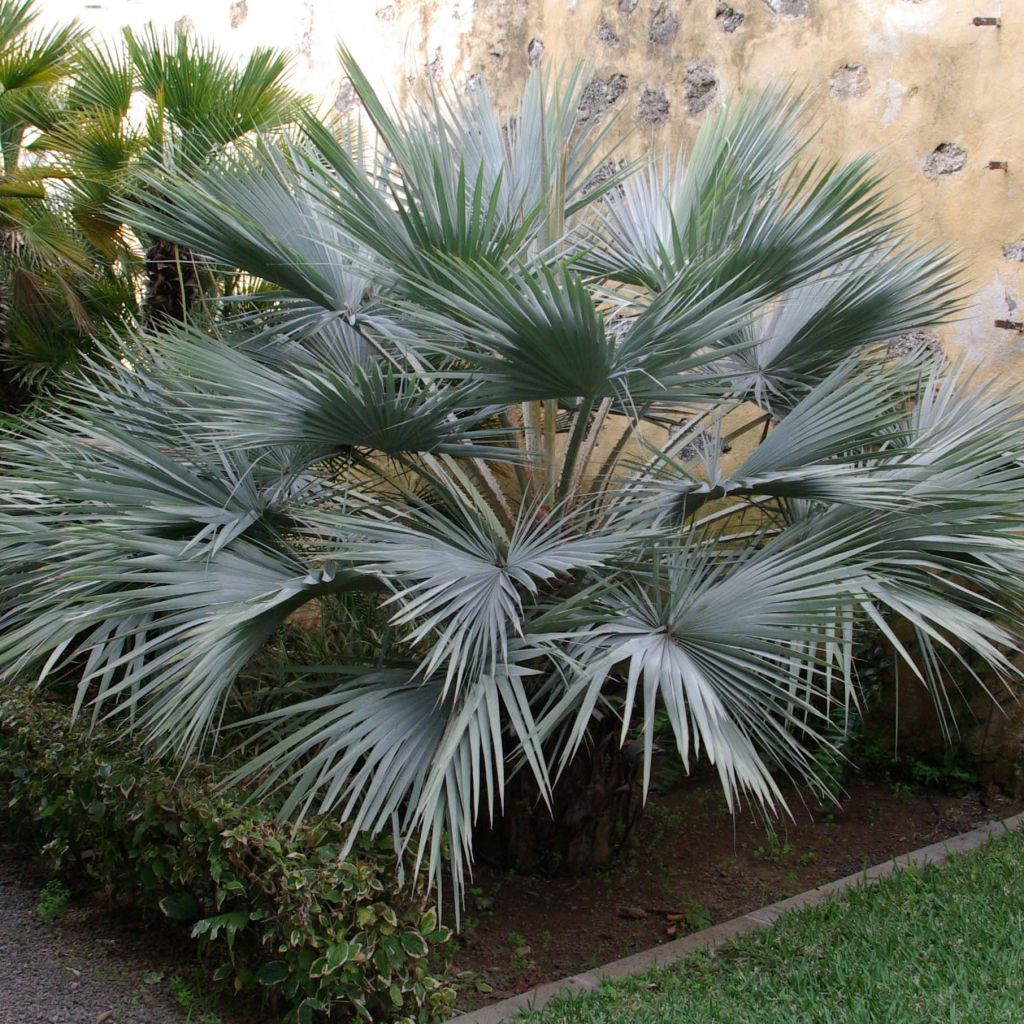

Brahea armata - Mexican blue palm
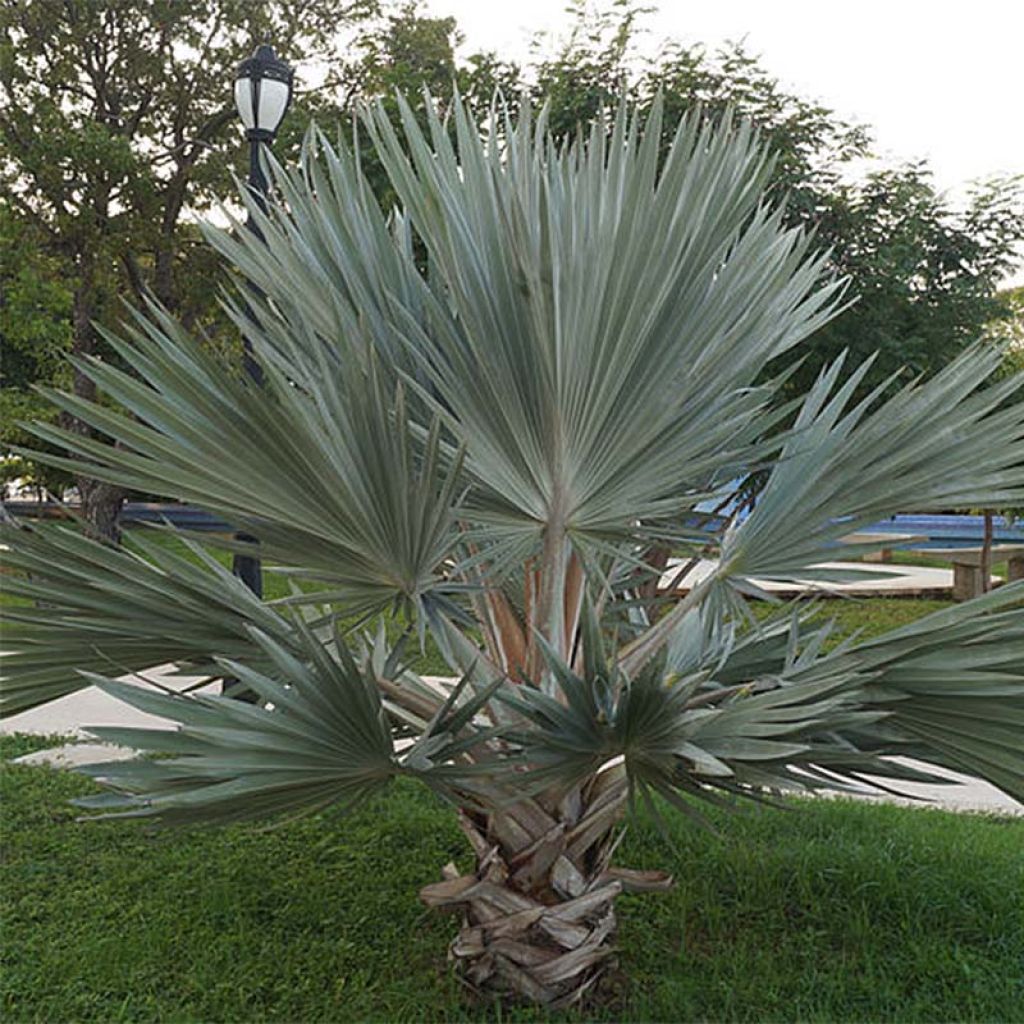

Brahea armata - Mexican blue palm
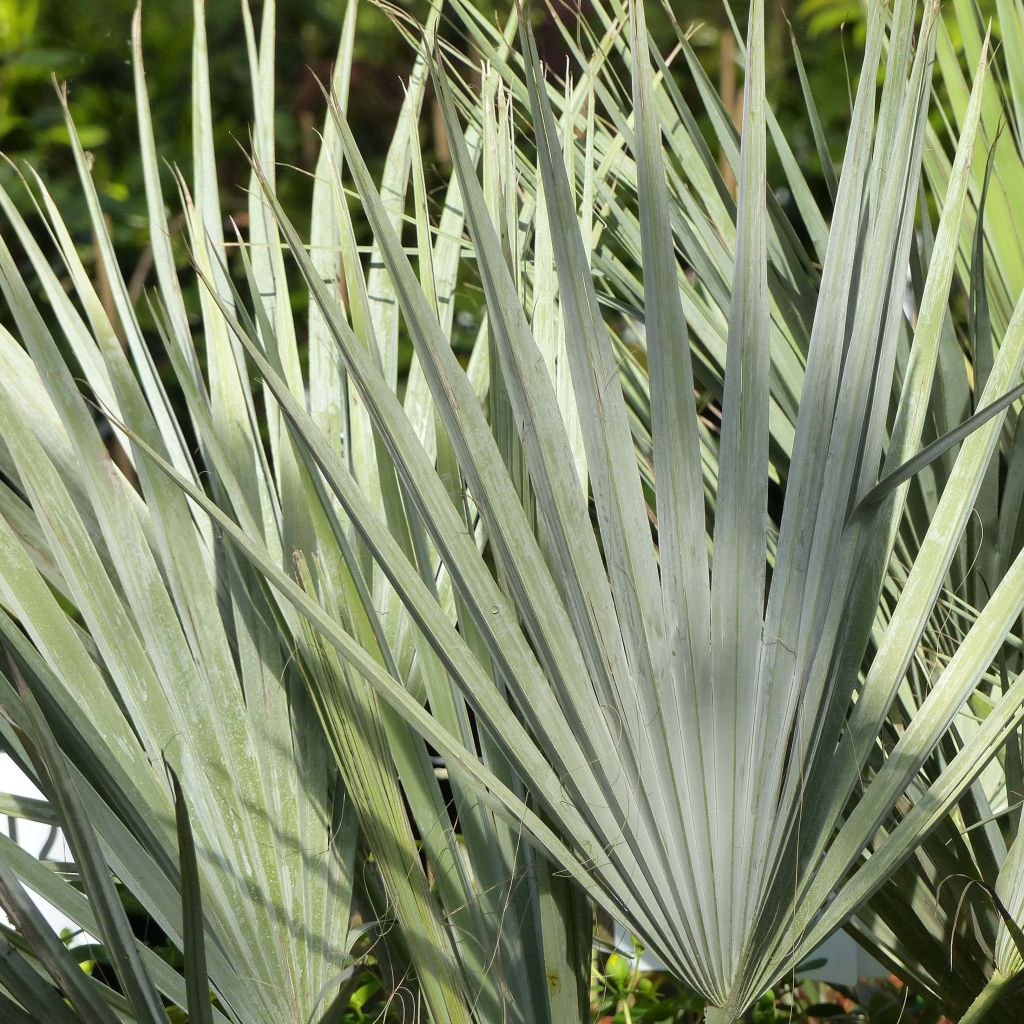

Brahea armata - Mexican blue palm
View more pictures
Hide images
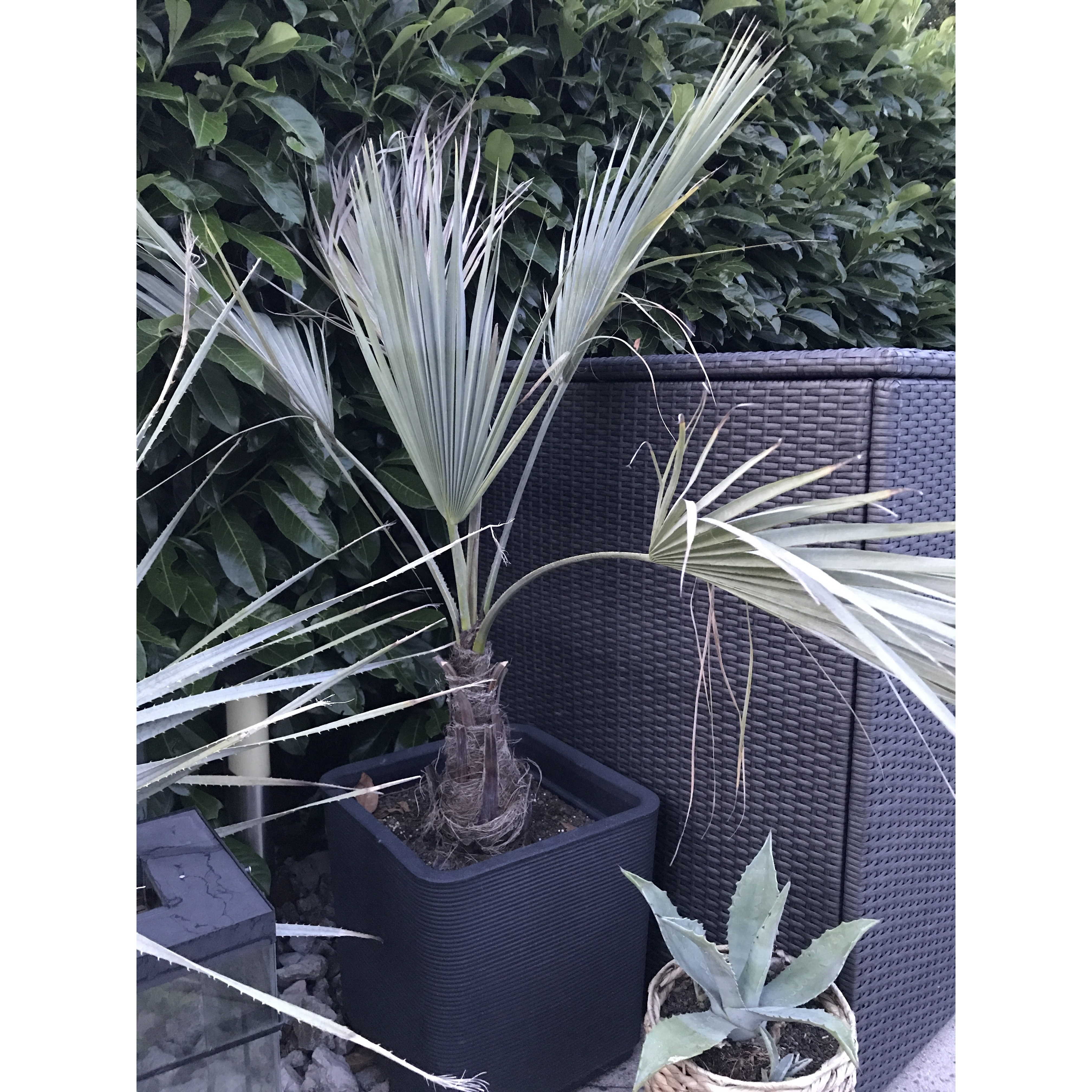
Angélique F.

Angélique F. • 21 FR
Brahea armata - Mexican blue palm
Brahea armata
Blue Erythea, Mexican blue palm, Blue hesper palm
Hello, I ordered 8 young Brahea Armata plants in 12 cm (5in) pots. The positives: the scheduled delivery date was well respected. The products arrived well packaged and protected. The seedlings that arrived were of the expected size. The negatives: However, they were dried out (especially the roots). I quickly repotted them in large pots with clay pebbles at the bottom for drainage and special palm soil. I hope they will all recover!
Fabrice, 11/05/2021
Special offer!
Receive a €20 voucher for any order over €90 (excluding delivery costs, credit notes, and plastic-free options)!
1- Add your favorite plants to your cart.
2- Once you have reached €90, confirm your order (you can even choose the delivery date!).
3- As soon as your order is shipped, you will receive an email containing your voucher code, valid for 3 months (90 days).
Your voucher is unique and can only be used once, for any order with a minimum value of €20, excluding delivery costs.
Can be combined with other current offers, non-divisible and non-refundable.
This plant carries a 24 months recovery warranty
More information
We guarantee the quality of our plants for a full growing cycle, and will replace at our expense any plant that fails to recover under normal climatic and planting conditions.

Would this plant suit my garden?
Set up your Plantfit profile →
Description
The Mexican blue palm, Brahea armata in Latin, is undoubtedly one of the most beautiful hardy palms, capable of withstanding frosts of around -10/-12°C (14/10.4 °F) , or even more if the soil remains dry in winter. It is appreciated for its beautiful crown of almost blue leaves, worn like a bouquet of large fans at the top of a thick trunk, as well as for its spectacular inflorescences, followed by edible fruits. Sometimes, it takes a very long time to be able to admire them, but a young specimen will already have a great impact in a large rockery or in the centre of an exotic bed. Native to arid areas of Mexico, it prefers poor and dry soils and requires plenty of sun and heat to thrive.
Brahea armata (synonym Erythea armata, Brahea clara, Brahea roezlii, Erythea elegans) belongs to the family of arecaceae. It is native to the Northwest of Mexico (Baja California, Sonora), where it is found growing spontaneously in arid places, in gorges and humid canyons where water is available at depth. This palm, which can very slowly reach a height of 10 to 14 m (32 ft 10 in to 45 ft 11 in), is carried by a single, thick false trunk (stipe), sometimes reaching 45 cm (17.7 in) in diameter, grey in colour, bearing the remains of the old dried leaves. These dry leaves form a kind of grey 'skirt', just like with Washingtonia. Its foliage that is arranged in a terminal crown will not exceed 3 m (9 ft 10 in) in width. The base-enlarged stipe gives rise at its top to 25-30 slightly costapalmate leaves, i.e. palmate leaves arranged in a fan around a central axis. Each leaf, 70 cm (27.6 in) to 1.2 m (3 ft 11 in) wide, sports a beautiful grey-blue colour, due to the presence of a whitish waxy film on their upper surface. The lower surface is slightly glaucous in colour. It is divided into 40 to 60 rigid segments and carried by a petiole reaching 1 m (3 ft 4 in) to 1.5 m (4 ft 11 in) in length, covered with brown fuzz on the front, silvery in colour on the back, and bordered by small light brown teeth.
The spectacular flowering occurs on specimens over 30 years old. It only occurs outdoors, in summer and in hot climates, in the form of long inflorescences (up to 6 m (19 ft 8 in)), arched and largely dominating the crown of leaves. The very numerous flowers, white to ivory in colour, are followed by the formation of countless small round fruits, 2 cm (0.8 in) in size, brown and shiny, each containing a smooth and shiny brown seed. These fresh seeds germinate several months after sowing.
Highly valued as a roadside tree in coastal and mild climates, especially dry and hot ones, the Mexcian blue palm forms part – along with Washingtonia robusta and filifera and Phoenix canariensis – of the most commonly cultivated tropical ornamental palm species in temperate countries. Irreplaceable and prestigious in mild climates, it can also be cultivated elsewhere in a large container, which will be stored in a cool, bright, and well-ventilated room during winter. Planted near an entrance, or on either side of a gate, or planted individually near a swimming pool, it will be superb. Like Eucalyptus and large mimosas, in the background of a flower bed, it forms a typical backdrop for gardens bordering the Mediterranean or the Atlantic coast of southern France. Fans of graphic and blue plants can plant alongside it the Siberian Nolina, the Oval-leaved Agave, the Wheeler's Sotol, the Yucca rigida, and other spectacular succulent plants well adapted to arid conditions.
Report an error about the product description
Brahea armata - Mexican blue palm in pictures
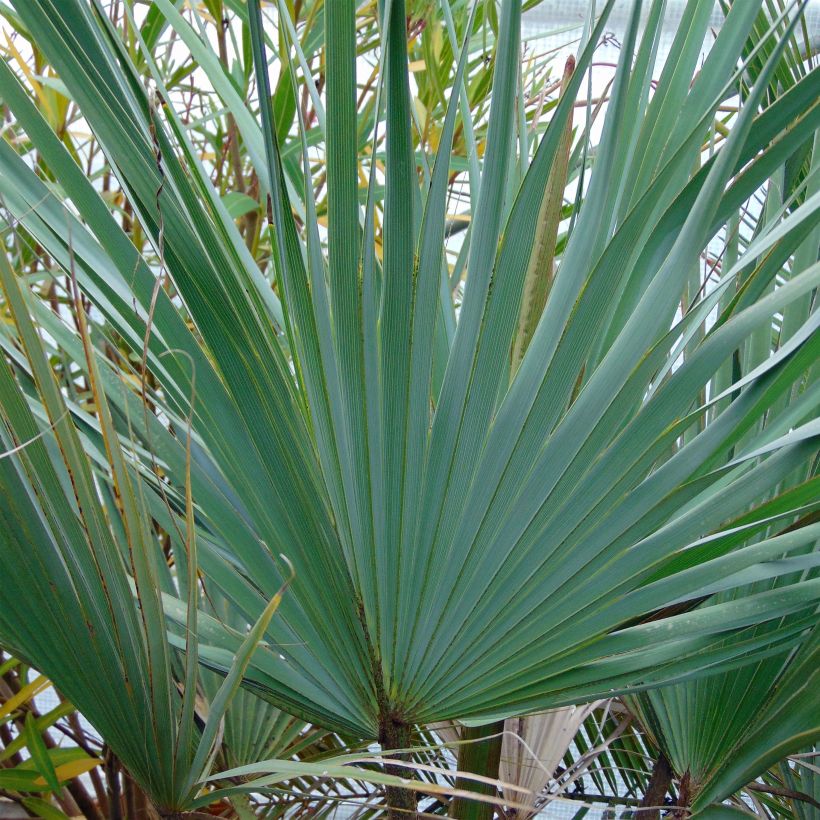



Plant habit
Flowering
Foliage
Botanical data
Brahea
armata
Arecaceae
Blue Erythea, Mexican blue palm, Blue hesper palm
North America
Planting and care
This palm tree shows a very slow growth, especially during its young years, and requires sun and warmth which will encourage faster growth. Plant Brahea armata in well-worked soil that is very well-drained, which can even be poor and dry on the surface. It is indifferent to the nature of the soil, but shows a preference for limestone (or alkaline) soils, even those that are excessively limestone (up to a pH of 9.2), like many palm trees native to arid areas of Mexico. It tolerates drought very well once established. Ideally plant it in poor soil, which retains little water: a balanced mixture of coarse sand, gravel, potting soil, and garden soil. Install it in a sunny position and protect it from cold and dry winds. Water regularly for the first 3 years, especially if the summer is dry. Easy to grow, it requires little maintenance except for pruning the oldest leaves that lie flush with the stem.
Washingtonia palms can fall victim to parasites such as the dreaded and widespread Paysandra archon worm, a large butterfly that is active even in England. Specific treatments are now available as a preventive measure. The red palm weevil (Rhynchophorus ferrugineus), present in France since 2006 and elsewhere in Europe, may also pose a threat. The symptoms are as follows: a cut, dried, or yellowing palm. These pests attack numerous palm species, with a fatal outcome: the leaves irreversibly and completely dry out as soon as the heart of the stem hosts larvae.
Planting period
Intended location
Care
-
, onOrder confirmed
Reply from on Promesse de fleurs
Haven't found what you were looking for?
Hardiness is the lowest winter temperature a plant can endure without suffering serious damage or even dying. However, hardiness is affected by location (a sheltered area, such as a patio), protection (winter cover) and soil type (hardiness is improved by well-drained soil).

Photo Sharing Terms & Conditions
In order to encourage gardeners to interact and share their experiences, Promesse de fleurs offers various media enabling content to be uploaded onto its Site - in particular via the ‘Photo sharing’ module.
The User agrees to refrain from:
- Posting any content that is illegal, prejudicial, insulting, racist, inciteful to hatred, revisionist, contrary to public decency, that infringes on privacy or on the privacy rights of third parties, in particular the publicity rights of persons and goods, intellectual property rights, or the right to privacy.
- Submitting content on behalf of a third party;
- Impersonate the identity of a third party and/or publish any personal information about a third party;
In general, the User undertakes to refrain from any unethical behaviour.
All Content (in particular text, comments, files, images, photos, videos, creative works, etc.), which may be subject to property or intellectual property rights, image or other private rights, shall remain the property of the User, subject to the limited rights granted by the terms of the licence granted by Promesse de fleurs as stated below. Users are at liberty to publish or not to publish such Content on the Site, notably via the ‘Photo Sharing’ facility, and accept that this Content shall be made public and freely accessible, notably on the Internet.
Users further acknowledge, undertake to have ,and guarantee that they hold all necessary rights and permissions to publish such material on the Site, in particular with regard to the legislation in force pertaining to any privacy, property, intellectual property, image, or contractual rights, or rights of any other nature. By publishing such Content on the Site, Users acknowledge accepting full liability as publishers of the Content within the meaning of the law, and grant Promesse de fleurs, free of charge, an inclusive, worldwide licence for the said Content for the entire duration of its publication, including all reproduction, representation, up/downloading, displaying, performing, transmission, and storage rights.
Users also grant permission for their name to be linked to the Content and accept that this link may not always be made available.
By engaging in posting material, Users consent to their Content becoming automatically accessible on the Internet, in particular on other sites and/or blogs and/or web pages of the Promesse de fleurs site, including in particular social pages and the Promesse de fleurs catalogue.
Users may secure the removal of entrusted content free of charge by issuing a simple request via our contact form.
The flowering period indicated on our website applies to countries and regions located in USDA zone 8 (France, the United Kingdom, Ireland, the Netherlands, etc.)
It will vary according to where you live:
- In zones 9 to 10 (Italy, Spain, Greece, etc.), flowering will occur about 2 to 4 weeks earlier.
- In zones 6 to 7 (Germany, Poland, Slovenia, and lower mountainous regions), flowering will be delayed by 2 to 3 weeks.
- In zone 5 (Central Europe, Scandinavia), blooming will be delayed by 3 to 5 weeks.
In temperate climates, pruning of spring-flowering shrubs (forsythia, spireas, etc.) should be done just after flowering.
Pruning of summer-flowering shrubs (Indian Lilac, Perovskia, etc.) can be done in winter or spring.
In cold regions as well as with frost-sensitive plants, avoid pruning too early when severe frosts may still occur.
The planting period indicated on our website applies to countries and regions located in USDA zone 8 (France, United Kingdom, Ireland, Netherlands).
It will vary according to where you live:
- In Mediterranean zones (Marseille, Madrid, Milan, etc.), autumn and winter are the best planting periods.
- In continental zones (Strasbourg, Munich, Vienna, etc.), delay planting by 2 to 3 weeks in spring and bring it forward by 2 to 4 weeks in autumn.
- In mountainous regions (the Alps, Pyrenees, Carpathians, etc.), it is best to plant in late spring (May-June) or late summer (August-September).
The harvesting period indicated on our website applies to countries and regions in USDA zone 8 (France, England, Ireland, the Netherlands).
In colder areas (Scandinavia, Poland, Austria...) fruit and vegetable harvests are likely to be delayed by 3-4 weeks.
In warmer areas (Italy, Spain, Greece, etc.), harvesting will probably take place earlier, depending on weather conditions.
The sowing periods indicated on our website apply to countries and regions within USDA Zone 8 (France, UK, Ireland, Netherlands).
In colder areas (Scandinavia, Poland, Austria...), delay any outdoor sowing by 3-4 weeks, or sow under glass.
In warmer climes (Italy, Spain, Greece, etc.), bring outdoor sowing forward by a few weeks.
































